 Q: I thought you might enjoy seeing these. The first two are Mah Meri masks from Malaysia, which I won at an auction for a very low price. I also have a third, that I intend to sell. I’ve been wanting one of these for a while, but I saw no way to get them short of going to Malaysia. Notice that they have articulated jaws. Aaron, 902
Q: I thought you might enjoy seeing these. The first two are Mah Meri masks from Malaysia, which I won at an auction for a very low price. I also have a third, that I intend to sell. I’ve been wanting one of these for a while, but I saw no way to get them short of going to Malaysia. Notice that they have articulated jaws. Aaron, 902
A: Thanks for sharing this unique mask with us. The Mah Meri tribe of Malaysia have an elaborate ritual involving dancers with intricately-carved masks who perform the historic Main Jo-oh dance for the annual Hari Moyang festival in Pulau Carey, 90 miles from the capital Kuala Lumpur. The local people use the festival as an opportunity to offer prayers and blessings to their forebears, as well as thanking ancestors for good fortune in the past and hoping for future prosperity. There is much mystery surrounding the Mah Meri people – very little is known about their origins. They are said to have been a nomadic indigenous tribe that fled from the southern coast of Malaysia to escape attacks by pirates, settling in Pulau Carey island, on the western coast of Malaysia. Their numbers have dwindled to about 2,000. We rarely see these interesting masks for sale in the USA.
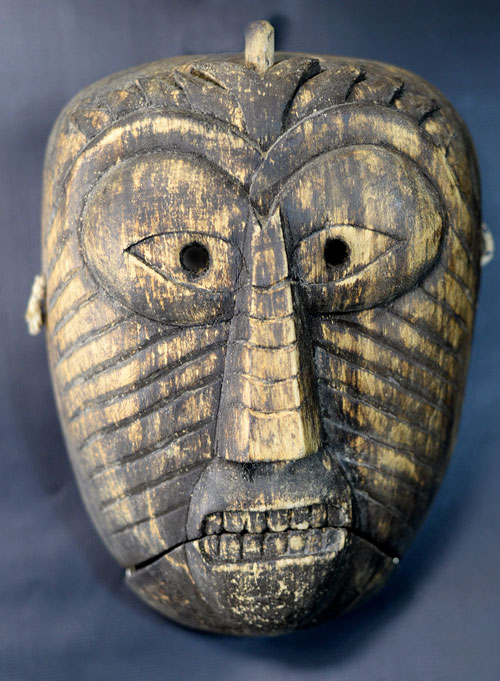

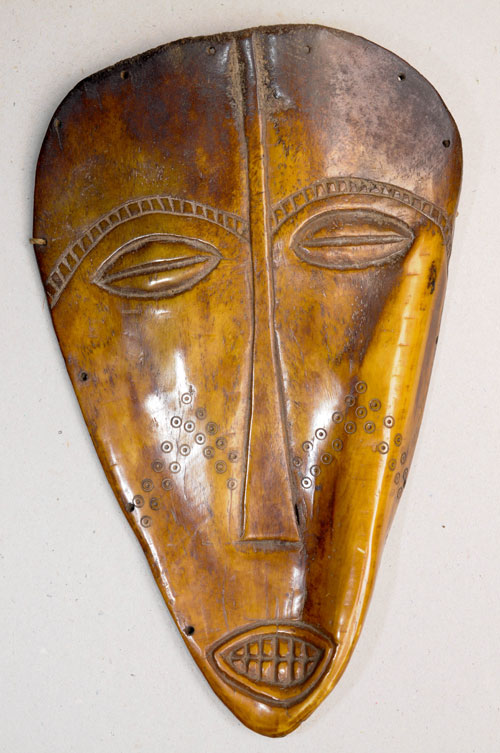
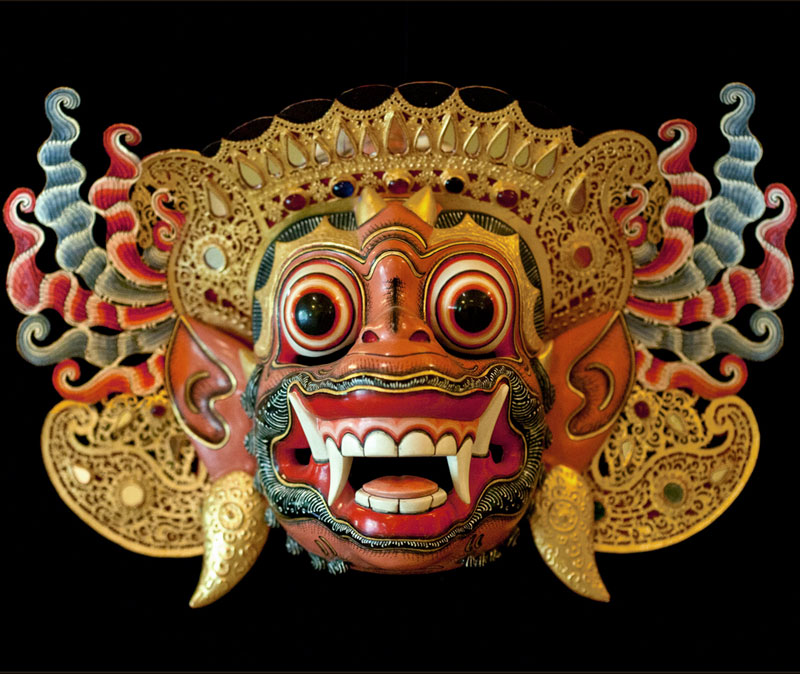
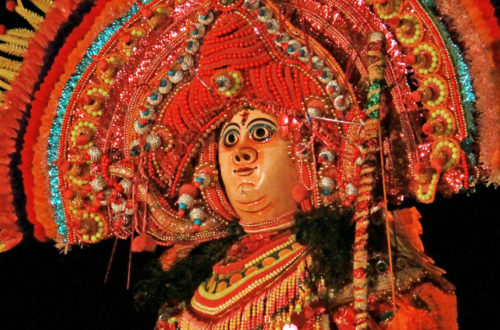
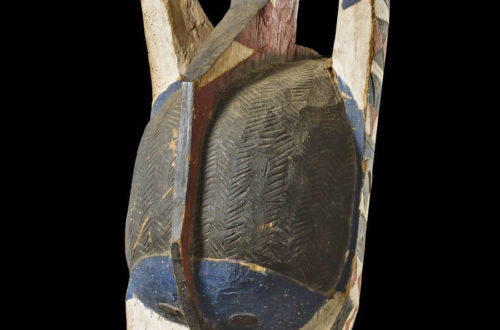
One Comment
Bob Ibold
Aaron just sent the following…
I have a couple of references about Mah Meri masks and carving. One is a pamphlet by the government of Malaysia, the other is a book:
http://www.amazon.com/Orang-Asli-Their-Wood-Art/dp/9812612491/ref=sr_1_1?s=books&ie=UTF8&qid=1454376815&sr=1-1&keywords=orang+asli+wood
“Orang Asli” means the “aboriginal people” in the local dialect (just like Orang Utan means “forest people”), and it includes the Mah Meri and a number of other native peoples. As far as I can tell, though, only the Mah Meri have a masking tradition.